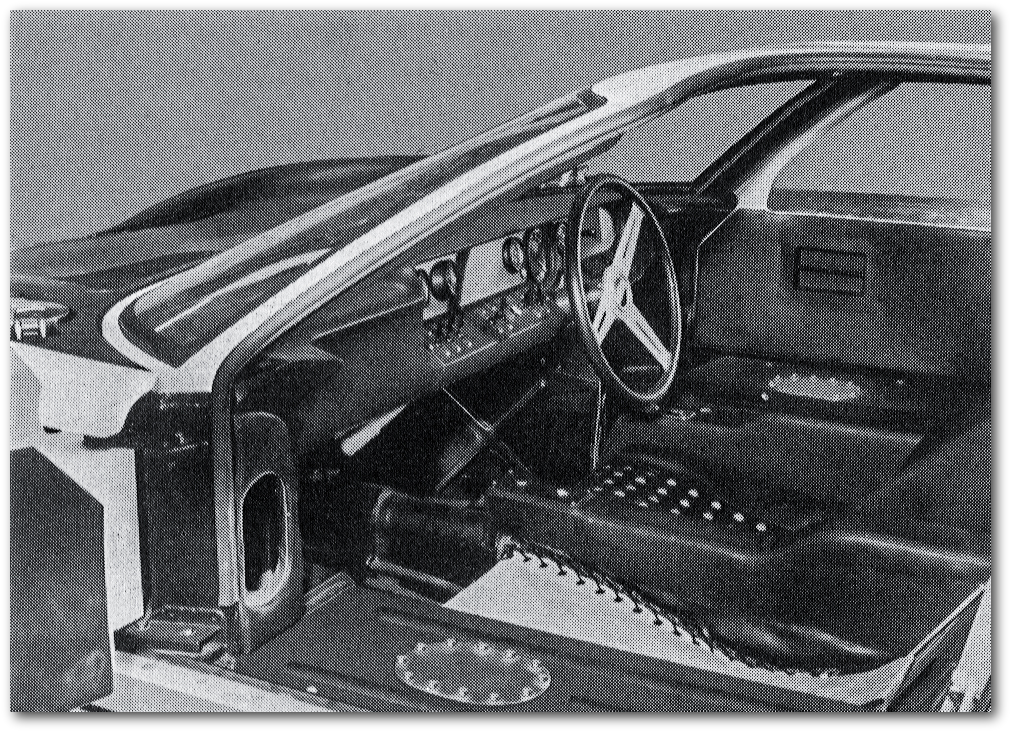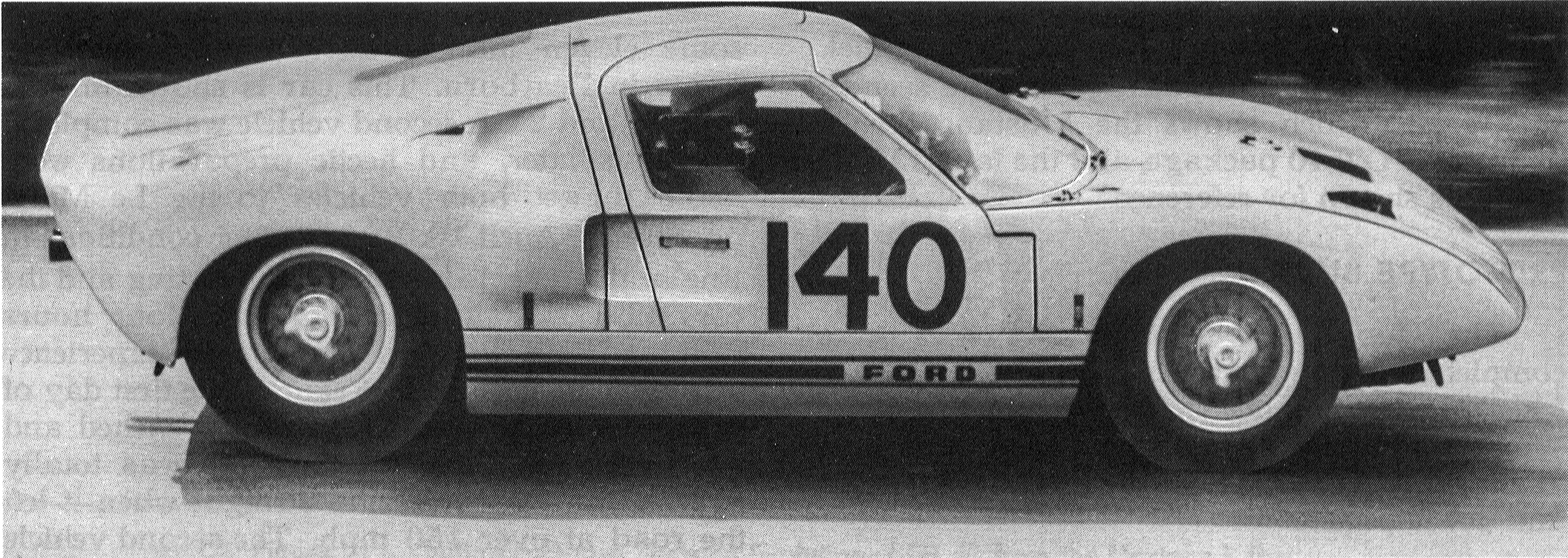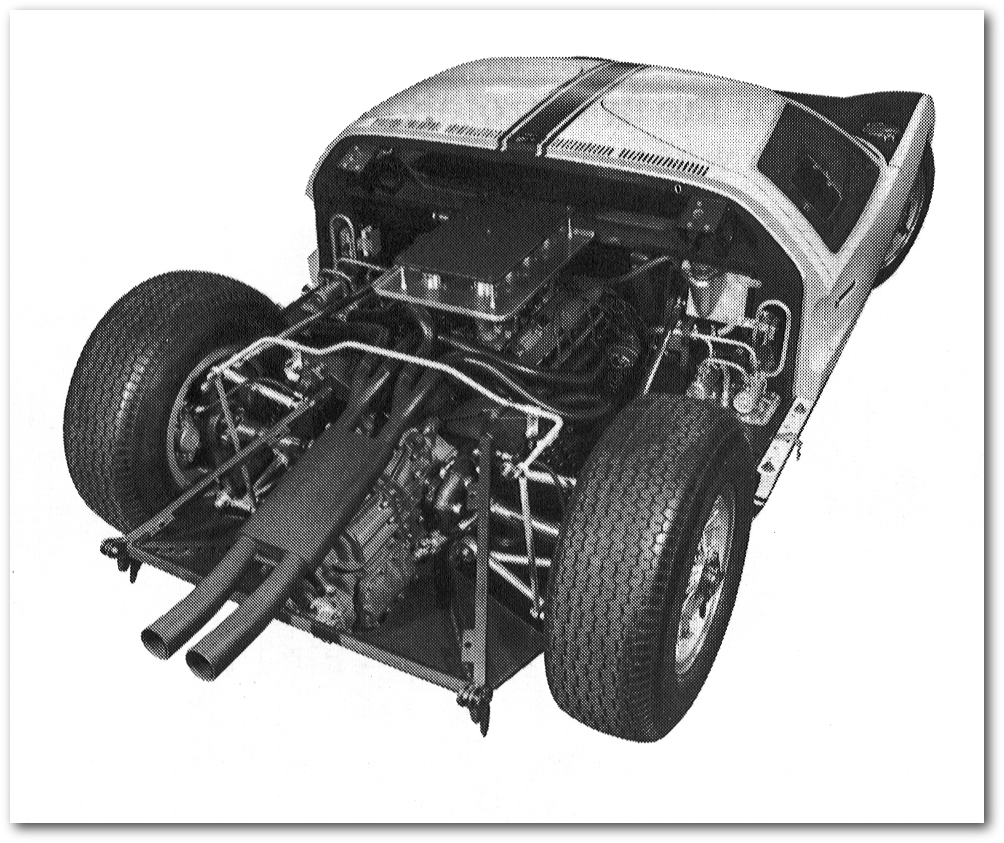
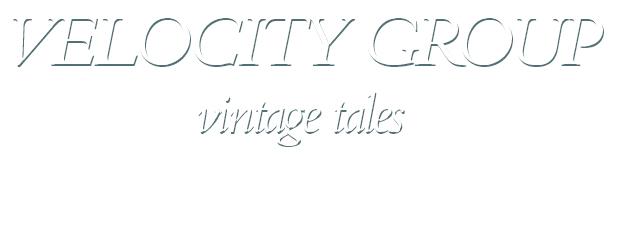
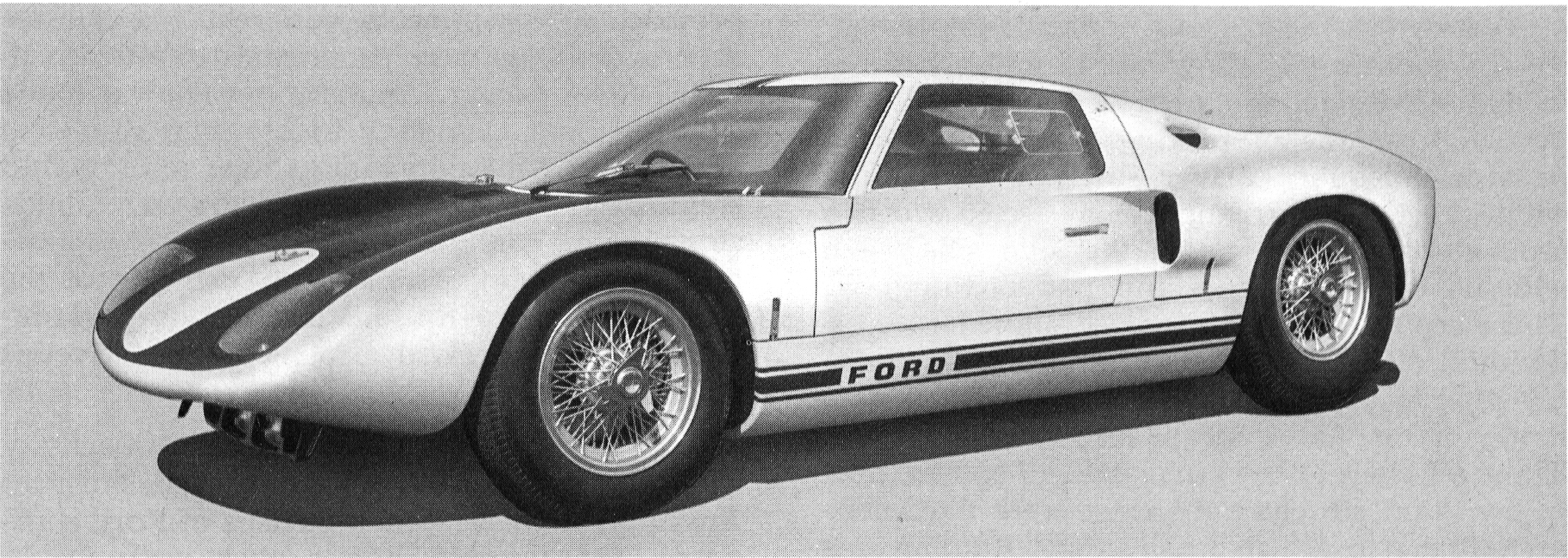

Next stop LeMans
The midsummer festival that is LeMans combines 200 mile an hour speeds observed from a crepe stand, with champagne in hand next to the Ferris wheel whose lights revolve continuously through an often rain soaked night. For the drivers it is running the 8.34 mile circuit every four minutes, and covering the distance between New York and Los Angeles in 24 hours, at an average speed of 110 miles an hour, with pit stops. That was the average in 1963, for the much publicized battle between Ford and Ferrari, 1964 was expected to cover more ground faster.
Surtees practice time of 3 minutes 42 seconds, averaging 135.6, would again be the yardstick by which all others would be measured. Ginther in the second of the three GT40s entered put in a practice run of 3:45.3, Rodriguez was next at 3:45.5, with Hill bringing his Lola Ford through in 3 minutes 45.9 seconds. Between the team cars and privateers the first 13 cars on the starting line were either Ferraris or Fords.
Beyond the glare of publicity, the partisan enthusiasm, and the sheer numbers of the primary combatants, after the April trials no one really expected that the GT40 could have progressed enough in two months as to be victorious on Sunday afternoon. That is until the second lap. Once again the silent sprint to cars, and explosive sprint toward the Dunlop bridge saw Phil Hill left on the line with a recalcitrant engine. When it finally lit-off the leaders could be heard running down the Mulsanne at full voice. By the time the leaders came out of White House corner, approaching the pit straight led by Rodriguez, then Surtees and Graham Hill followed in close order by Richie Ginther, the red yellow flags were waving in warning of oil in the esses. A bit of off throttle jostling momentarily effected the leaders until the problem became apparent, was adjusted for, and throttles were opened wide. For those lining the Mulsanne straight the progress of the Fords since April was made quite apparent. Ginther was drafting the now grouped Ferraris, then, with precision timing, passed them as a group. Later, he was to say that after pulling this slingshot move around all three, he lifted his foot and glanced at the tach which was quivering around the 7200 mark; this was equal to close on 210 miles an hour.
“Anyway," Roy continued, "at the end of that year, at the end of sixty four, right about September, we closed our part, the Ford content, and closed down our activities at Slough and moved it back to Detroit. To go on with design development and physical development from there. And we left Eric to go back to his own little factory, continue going on making Formula juniors and what have you.
“And John Wyer and half the factory we kept for Ford, went on making the production GT40s. And that went on for some time.
“And going down to…there’s nothing wrong with what you’re reporting.”
“So what you’re saying," I said, "is the race in Germany and all of this, as far as you were concerned, was merely on-track testing and development.”
“Yeah we never had time to do it. Time was always stolen from us.
“And a side issue that always amuses me is the modern reproduction of the GT40. and they were bragging about how they only had two years to develop the vehicle. And I thought ‘I wish I’d had two years!’
“All we had was four months to design it. And have it racing in one year. And we achieved that objective. It was a lot of work, but, you don’t suddenly join a fast moving activity, and become the leader in it. It takes three years. And it really did.
“Because you come to your break on page, six, and you have the car has achieved a speed of over two hundred miles an hour, and one of the things that we had to change were transmissions. They would break in no time flat: drive shafts which fractured coupling joints very quickly, there were rubber joints, they wouldn’t stand the pounding. And a lot of things like that. We had to go back and press ahead, so we, I and my team went back to Dearborn, started up a little set up there, that was outside the main company, and went on working there, to develop the next car…"







Front suspension
Rear suspension
With engine fitted ready for tesing, or PR junket.
One of the original comp cars, here seen in its New York press photo...badly in need of testing.
The Nürburgring car with its first aero package.







